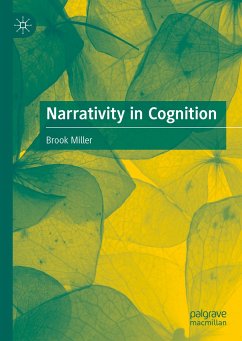
Handbook of Embodied Psychology (eBook, PDF)
Thinking, Feeling, and Acting
Redaktion: Robinson, Michael D.; Thomas, Laura E.
Versandkostenfrei!
Sofort per Download lieferbar
272,95 €
inkl. MwSt.
Weitere Ausgaben:

PAYBACK Punkte
136 °P sammeln!
This edited volume seeks to integrate research and scholarship on the topic of embodiment, with the idea being that thinking and feeling are often grounded in more concrete representations related to perception and action. The book centers on psychological approaches to embodiment and includes chapters speaking to development as well as clinical issues, though a larger number focus on topics related to cognition and neuroscience as well as social and personality psychology. These topical chapters are linked to theory-based chapters centered on interoception, grounded cognition, conceptual meta...
This edited volume seeks to integrate research and scholarship on the topic of embodiment, with the idea being that thinking and feeling are often grounded in more concrete representations related to perception and action. The book centers on psychological approaches to embodiment and includes chapters speaking to development as well as clinical issues, though a larger number focus on topics related to cognition and neuroscience as well as social and personality psychology. These topical chapters are linked to theory-based chapters centered on interoception, grounded cognition, conceptual metaphor, and the extended mind thesis. Further, a concluding section speaks to critical issues such as replication concerns, alternative interpretations, and future directions. The final result is a carefully conceived product that is a comprehensive and well-integrated volume on the psychology of embodiment. The primary audience for this book is academic psychologists from many different areas of psychology (e.g., social, developmental, cognitive, clinical). The secondary audience consists of disciplines in which ideas related to embodied cognition figure prominently, such as counseling, education, biology, and philosophy.
Dieser Download kann aus rechtlichen Gründen nur mit Rechnungsadresse in A, B, BG, CY, CZ, D, DK, EW, E, FIN, F, GR, HR, H, IRL, I, LT, L, LR, M, NL, PL, P, R, S, SLO, SK ausgeliefert werden.












